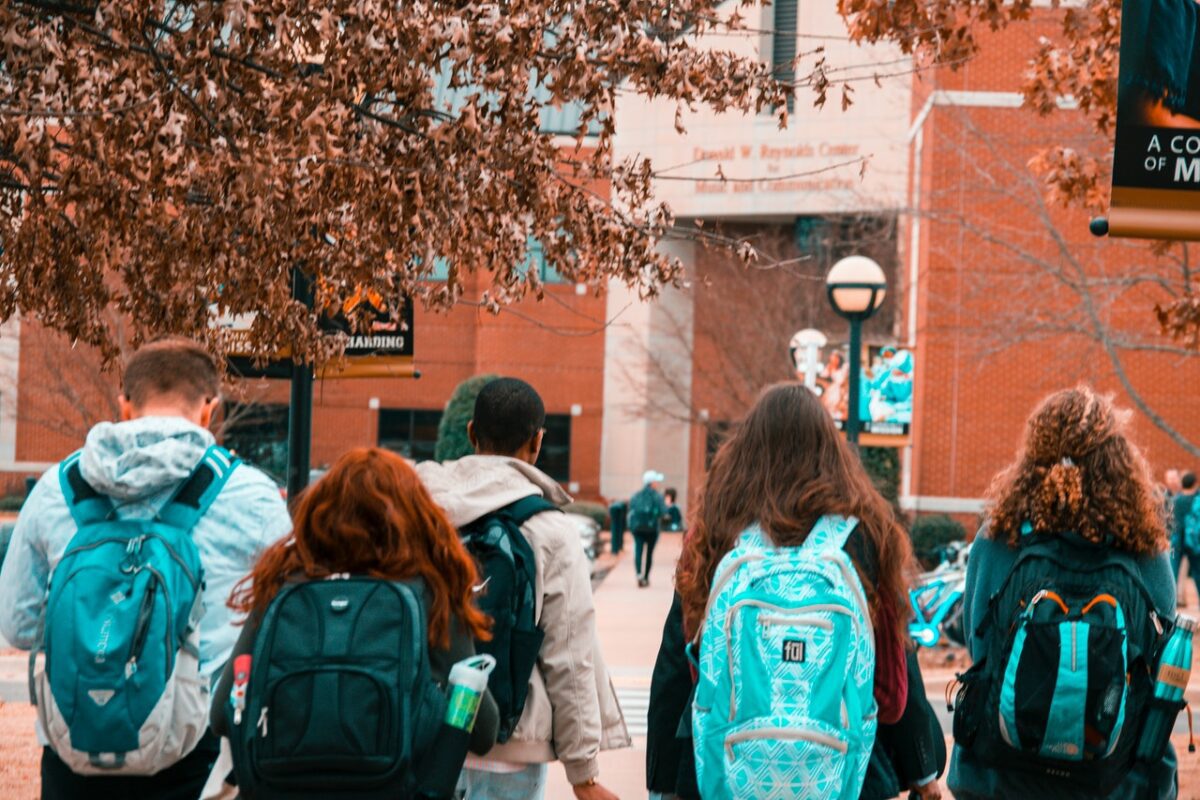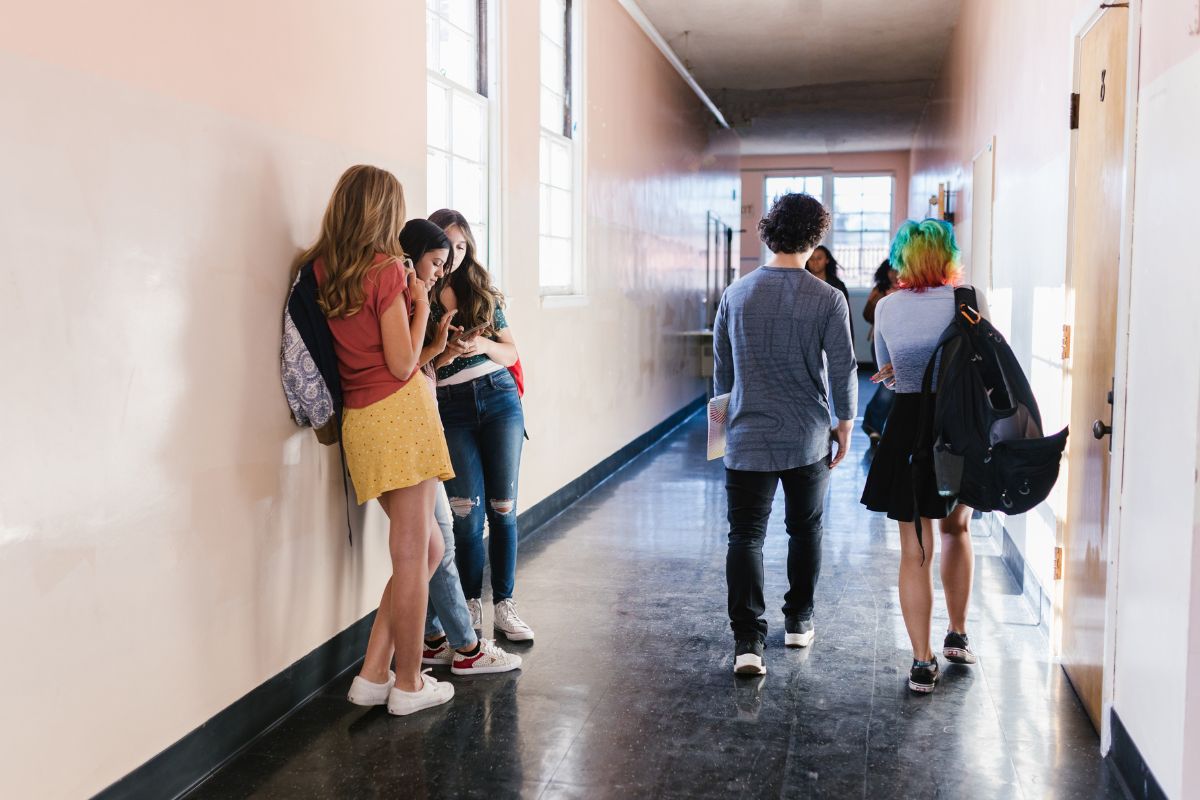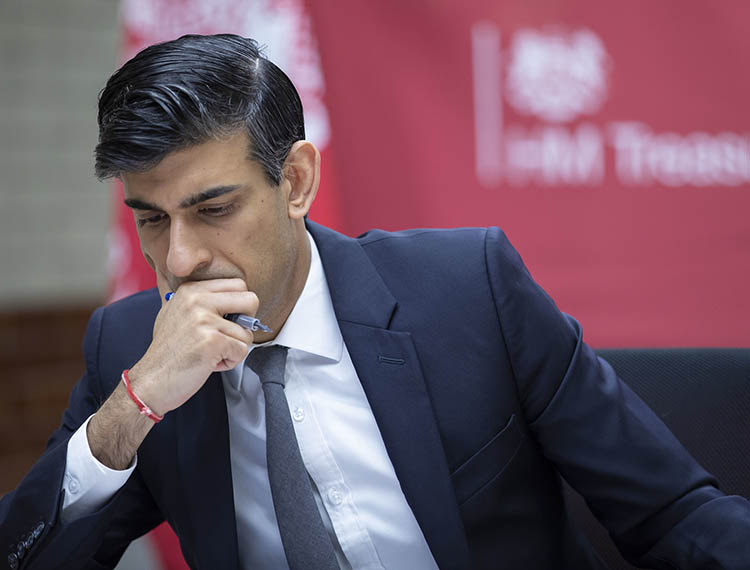Department for Education publishes new research on pupil learning loss from the pandemic

The Department for Education (DfE) has published a new report on the extent of pandemic learning loss among pupils in England during the first half of the recent autumn term (2021/2022).
The study, which provides new evidence on the impact on pupil attainment after over 18 months of pandemic disruption to education, was carried out by the Education Policy Institute (EPI) and Renaissance for the Department.
The analysis from EPI researchers examines the extent of pandemic learning losses and recovery at both a national and regional level, in primary (years 4-6) and secondary schools (years 7-9), and among pupils from different socio-economic backgrounds.
The data analysis considers how many months of learning pupils are behind following the pandemic, compared to a typical, pre-pandemic school year.
The new findings have been published today by the Department for Education here, with a summary of key findings on p.8 and complete tables summarising pupil progress on p.11 of the report.
Key findings from the new DfE research
Pupil learning loss at a national level
On average, pupils remain behind in reading and mathematics, compared with pre-pandemic progress. For secondary school pupils in reading, average learning losses increased between the summer and autumn terms.[1]
- Primary reading: At a national level, by the end of the first half of the 2021/2022 autumn term, primary school pupils were on average 0.8 months behind in reading, compared to where they would be in a typical, pre-pandemic year. This level of learning loss was largely unchanged since the end of the 2020/21 summer term.
- Primary maths: Primary school pupils were on average 1.9 months behind in maths by the end of the first half of autumn term. Pupils had recovered by 0.4 months since the end of the summer term.
- Secondary reading: Secondary school pupils were on average 2.4 months behind in reading by of the end of the first half of the autumn term. Learning losses had increased by 0.5 months since the end of the summer term.
Learning loss for pupils from disadvantaged backgrounds
Pupils from disadvantaged backgrounds (those eligible for free school meals at some point over the last 6 years) have on average experienced greater learning losses than their non-disadvantaged peers.
- Disadvantaged primary reading: At a national level, in the 2021/2022 autumn term, disadvantaged pupils in primary school were on average 1.4 months behind in their reading, compared to 0.5 months for non-disadvantaged pupils – a gap of 0.9 months. This difference in lost learning between disadvantaged and non-disadvantaged pupils has widened since the summer term.
- Disadvantaged primary maths: Disadvantaged primary school pupils were on average 2.2 months behind in maths in the autumn term, compared to 1.8 months for non-disadvantaged pupils – a gap of 0.4 months. This difference in lost learning between disadvantaged and non-disadvantaged pupils has reduced since the summer term.
- Disadvantaged secondary reading: Disadvantaged secondary school pupils were on average 3.5 months behind in reading in the autumn term, compared to 2.0 months for non-disadvantaged pupils – a substantial gap of 1.5 months. This difference in lost learning between disadvantaged and non-disadvantaged pupils has also widened since the summer term.
- The disproportionate impact of the pandemic on pupils from disadvantaged backgrounds is in addition to the existing gap in school attainment between disadvantaged pupils and their peers, that was evident prior to the pandemic.
Pupil learning loss at a regional level
Substantial disparities in learning losses are apparent at a regional level, with pupils in certain areas experiencing larger losses than in other parts of the country. The rates of recovery between the end of the last school year and beginning of the current year also vary considerably.
In the autumn term (2021/2022), average regional learning losses in reading for pupils in primary school were[2]:
- East Midlands: -1.0 months (losses remain broadly the same as the summer term)
- East of England: -0.5 months (losses remain broadly the same as the summer term)
- London: -0.3 months (losses remain broadly the same)
- North East: -1.3 months (further loss of 0.4 months)
- North West: -1.2 months (losses remain broadly the same as the summer term)
- South East: -0.7 months (losses remain broadly the same as the summer term)
- South West: -0.3 months (recovery of 0.3 months)
- West Midlands: -0.9 months (recovery of 0.4 months)
- Yorkshire and the Humber: -1.1 months (further loss of 0.4 months)
In the autumn term (2021/2022), average regional learning losses in reading for pupils in secondary school were:
- East Midlands: -2.6 months (further loss of 0.6 months since the summer term)
- East of England: -2.2 months (further loss of 0.5 months)
- London: -1.8 months (further loss of 1.1 months)
- North East: -3.1 months (further loss of 0.8 months
- North West: -3.2 months (further loss of 1.1 months)
- South East: -2.2 months (losses remain broadly the same as the summer term)
- South West: -2.2 months (further loss of 0.4 months)
- West Midlands: -2.4 months (further loss of 0.7 months)
- Yorkshire and the Humber: -3.0 months (losses remain broadly the same as the summer term)
Commenting on the new research, Jon Andrews, report author and Head of Analysis at the Education Policy Institute (EPI), said:
“This research shows a mixed picture in relation to learning losses during the pandemic and the extent of pupil catch up.
“Our latest data shows a reduction in the extent of lost learning in primary maths since the summer. However, what is particularly concerning is the performance of secondary-aged pupils. Far from showing signs of recovery, they appear to be showing a greater degree of learning loss than they did at the end of the last school year. Disadvantaged children in secondary schools also appear to be falling further behind their non-disadvantaged peers in their reading.
“This research is helping us to identify where the learning losses are still large, by phase, subject, student characteristic and region. This should help policymakers to target extra support where it is most needed.”
John Moore, Managing Director UK/Australia at Renaissance, added:
“It’s vital we continue to track the impact of the disruption caused by COVID-19 on pupils’ learning, particularly when that tracking highlights ongoing concerns. The report analyses extensive longitudinal data provided by schools before, during and as we emerge from the pandemic and provides clear evidence that the gap between disadvantaged pupils and their peers persists.
“It’s only in understanding where and to what degree pupils might be falling behind that we can act to address these challenges. Building that picture now – and as we emerge from the pandemic – of how pupils are performing is a big piece of the puzzle and Renaissance is committed to working with schools to make that data and those insights easy to find, understand, and act upon, to help us all to learn from the past and plan for the future and ensure all
pupils can reach their full potential.”
Sector Response
Geoff Barton, General Secretary of the Association of School and College Leaders, said:
“Behind these statistics is the desperately difficult job that faced schools during the autumn term and continues to face them right now.
“They are simultaneously trying to close gaps caused by Covid disruption while also coping with wave after wave of fresh disruption brought by new infections and resulting pupil and staff absence. They are particularly anxious about students who are due to take GCSEs, A-levels and other important qualifications in the summer.
“As the research shows, the impact is uneven with disadvantaged students most likely to be detrimentally affected, and geographical variations which will stem from the variability of local infection rates.
“Sustainable education recovery relies first of all on bringing an end to this disruption and we are not at all sure that the government’s ‘living with Covid’ strategy provides this reassurance.
“It is absolute folly to withdraw free Covid tests for pupils and staff in schools from 1 April and we would urge a rethink. Free testing should be kept in place at least until the summer and the other side of exam season. This is surely just a matter of common sense.”
[1] To compare changes in average learning loss over time we restrict our analysis to those pupils who had results in both the summer term 2020/21 and the first half of the autumn term 2021/22. Overall learning losses are based on results for all pupils in the first half of the autumn term 2021/22.
[2] In some areas the sample sizes were relatively small with uncertainty around estimates in both the modelling of predicted scores and in how that then translates into learning loss – figures should therefore be taken as indicative of relative size of effects rather than precise estimates.












Responses